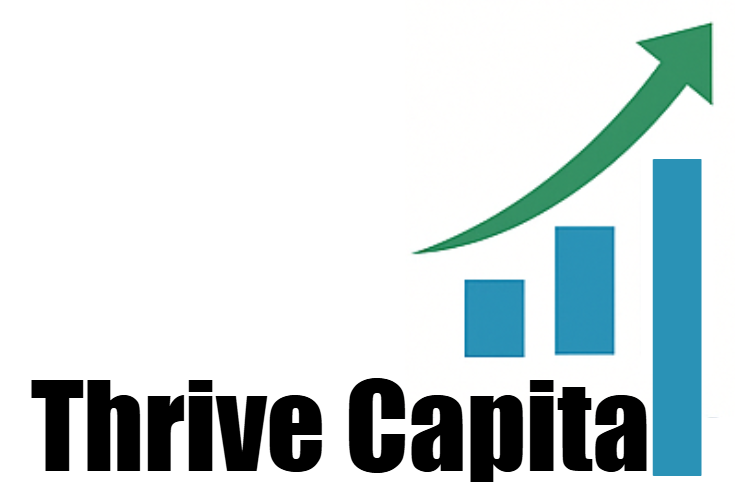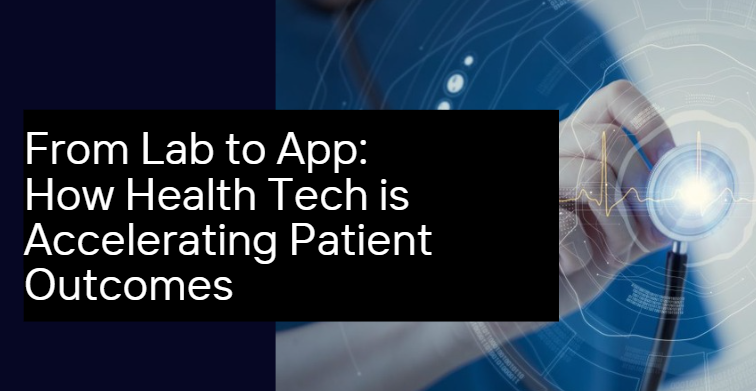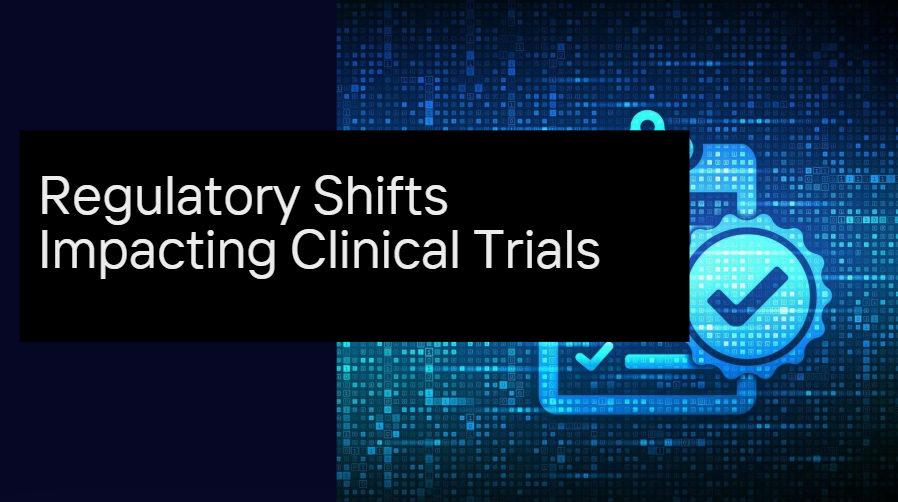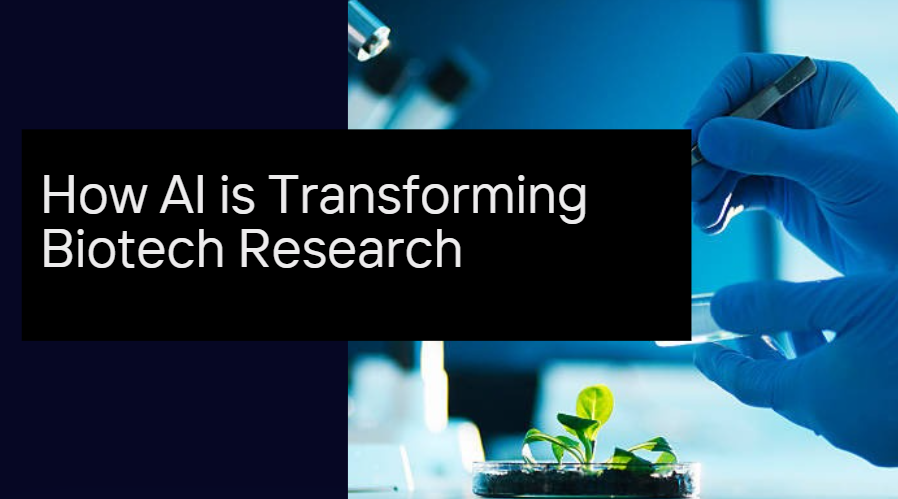From Lab to App: How Health Tech is Accelerating Patient Outcomes
In today’s healthcare landscape, speed saves lives—and technology is delivering speed like never before. What used to take years in labs and clinics is now being compressed into months or even weeks, thanks to the explosion of health tech. From diagnostics to drug development and real-time patient monitoring, innovation is not just making healthcare faster—it’s making it smarter, more personalized, and far more accessible.
This transformation is being driven by the convergence of biotechnology, data science, mobile platforms, and artificial intelligence. The result? A powerful new paradigm where scientific breakthroughs are being translated directly into patient-facing tools—apps, wearables, and digital platforms—cutting through traditional barriers and drastically improving outcomes.
Let’s explore how this “lab-to-app” revolution is reshaping healthcare in 2025 and where it’s headed next.
1. Speeding Up the Innovation Cycle
Traditionally, the path from lab discovery to clinical implementation has been long and expensive. Drug development, for example, often takes 10–15 years and billions of dollars. Today, health tech is shortening that cycle by streamlining research, enhancing trials, and digitizing delivery mechanisms.
AI-driven platforms now analyze preclinical data at scale, identifying viable therapeutic candidates faster. Virtual clinical trials are reducing recruitment times, increasing participant diversity, and lowering costs. Algorithms can even predict how a drug might perform in specific populations before it reaches human trials.
By the time a new therapy or diagnostic tool is approved, its digital implementation—often via an app or cloud platform—is ready to go, enabling rapid deployment across global health systems.
2. Personalized Care Through Data Integration
One of the most powerful drivers behind health tech is the ability to collect and analyze vast amounts of individual health data. Wearables, mobile health apps, and digital diagnostics are turning patients into real-time data sources. This creates an unprecedented opportunity to deliver care that’s customized to each person’s biology, lifestyle, and environment.
A diabetes patient might wear a continuous glucose monitor (CGM) that syncs with an app offering insulin dosing recommendations. A cancer patient could receive AI-curated treatment options based on genomic profiling. These are not hypothetical scenarios—they’re active components of care in 2025.
Beyond improving accuracy, personalization helps engage patients, increase adherence to treatments, and reduce unnecessary interventions. And in value-based care systems, those improvements translate into real economic benefits for providers and payers.
3. Remote Monitoring and Virtual Care
Digital health platforms have enabled a dramatic expansion of remote patient monitoring (RPM). From heart rhythm monitors to AI-powered dermatology scans, patients can now receive continuous supervision without setting foot in a hospital.
This trend, accelerated by the COVID-19 pandemic, has gained permanent traction. Providers are increasingly prescribing apps or wearables as part of the treatment plan. Patients recovering from surgery, managing chronic conditions, or undergoing cancer care can be monitored in real time, with alerts sent automatically to care teams if any abnormalities occur.
This model reduces readmissions, catches complications early, and enables clinicians to focus their attention on patients who need the most urgent care.
4. Mental Health Goes Mobile
Mental health is one of the fastest-growing segments of health tech. In 2025, mobile apps are delivering evidence-based therapies like CBT (Cognitive Behavioral Therapy), mindfulness training, and even AI-guided counseling to millions of users worldwide.
These apps are more than just digital journals—they are clinically validated tools used by therapists, employers, and insurers. Some integrate with wearables to track heart rate variability or sleep, using that data to prompt timely interventions. Others connect users to live therapists or peer support groups within seconds.
By breaking down cost, stigma, and access barriers, digital mental health platforms are reaching underserved populations and reducing strain on overburdened healthcare systems.
5. Digital Therapeutics: Beyond the Pill
Digital therapeutics (DTx) represent a new class of treatments delivered entirely through software. Approved by regulatory bodies like the FDA and EMA, these tools are used to treat a wide range of conditions—from ADHD and insomnia to chronic pain and addiction.
Unlike health apps, DTx products undergo rigorous clinical testing and are often prescribed alongside—or instead of—traditional pharmaceuticals. Some use gamification to increase engagement; others rely on biometrics and real-time feedback to guide behavior change.
In 2025, digital therapeutics are helping bridge the gap between pharma and tech, offering patients new choices and creating powerful synergies for hybrid treatment plans.
6. Health Tech and Health Equity
One of the most promising aspects of the lab-to-app movement is its potential to close healthcare access gaps. By turning smartphones into diagnostic and therapeutic tools, health tech is reaching rural, low-income, and marginalized populations that historically lacked consistent care.
Mobile apps in sub-Saharan Africa now provide AI-assisted diagnostics for infectious diseases. In India, telemedicine platforms are delivering prenatal care to remote villages. And in the U.S., Medicaid programs are partnering with digital health startups to support underserved urban communities.
The future of health equity will be shaped not only by policy but by the accessibility and design of the technology itself. Ensuring multilingual interfaces, offline functionality, and culturally competent content is key to meaningful impact.
7. Challenges to Watch
Despite the remarkable progress, the lab-to-app revolution is not without obstacles. Data privacy remains a major concern. As more personal health data flows through apps and cloud systems, ensuring compliance with evolving regulations like HIPAA and GDPR is critical.
There’s also the issue of interoperability—how well different platforms “talk” to each other. Fragmentation remains a challenge, especially when integrating data across health systems, insurers, and third-party developers.
Reimbursement models are also evolving slowly. While many digital health tools are clinically valuable, insurers have been slow to create standardized payment pathways, making scaling difficult for startups and health systems alike.
Finally, not all health tech is created equal. With a flood of new apps and platforms, distinguishing evidence-based tools from untested ones is an ongoing challenge for clinicians and patients.
8. What Comes Next?
As 2025 continues to unfold, we’re seeing the emergence of new frontiers in health tech:
AI-driven drug discovery apps integrated into clinician dashboards
Smart implants that connect directly to treatment platforms
Voice-enabled diagnostics that allow for zero-touch patient interactions
Blockchain-based health data wallets giving patients more control over their records
These innovations point toward a more connected, transparent, and efficient health ecosystem—one where apps aren’t just add-ons, but foundational to how care is delivered and managed.
The New Standard of Care
From lab to app, the transformation of healthcare is well underway. The future belongs to platforms that merge scientific rigor with user-centric design, that treat the patient not just as a recipient of care, but as an active participant in the healing process.
As technology continues to evolve, expect even more collaboration between pharma, tech, and health systems. The winners will be those who can deliver validated innovation at scale—directly into the hands of patients.
Because in this new era of health, the app is not an accessory. It’s the frontline.



